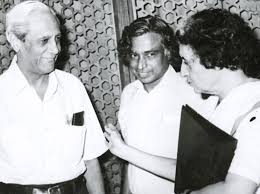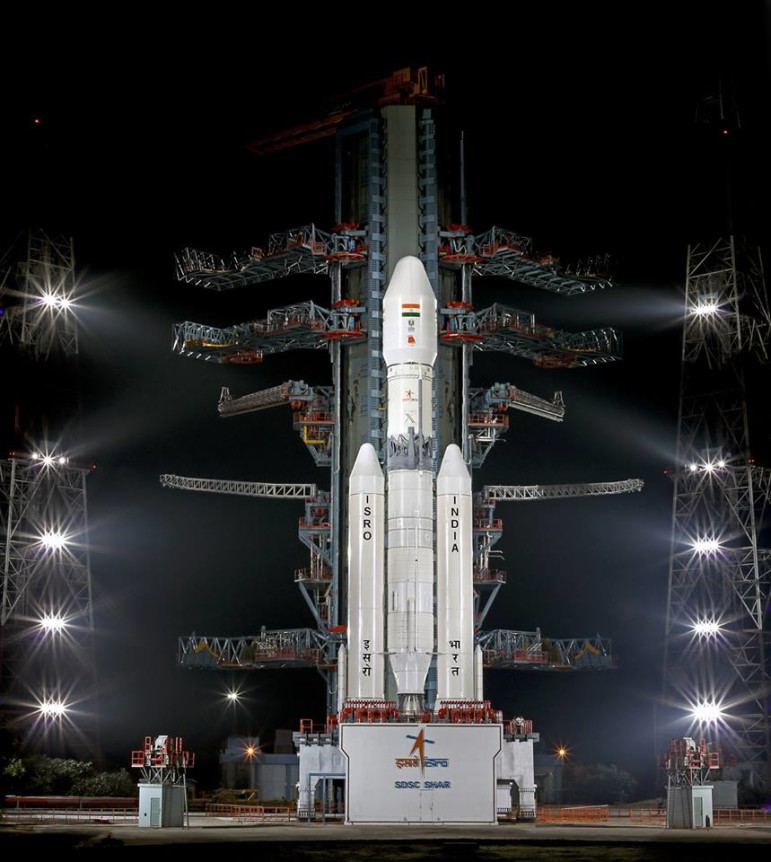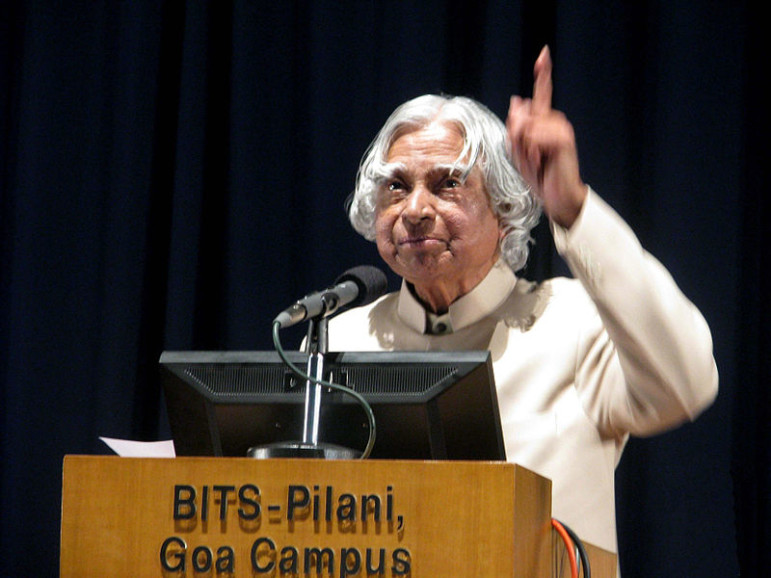History of ISRO(INDIAN SPACE RESEARCH ORGANIZATION)
India chose to go to space when Indian National Committee for Space Research (INCOSPAR) was set up by the Government of India in 1962. With the visionary Dr Vikram Sarabhai at its rudder, INCOSPAR set up the Thumba Equatorial Rocket Launching Station (TERLS) in Thiruvananthapuram for upper air inquire about.
Indian Space Research Organization, shaped in 1969, superseded the recent INCOSPAR. Vikram Sarabhai, having distinguished the part and significance of room innovation in a Nation's advancement, given ISRO the vital heading to work as an operator of improvement. ISRO at that point set out on its main goal to give the Nation space based administrations and to build up the advancements to accomplish the same freely.
Consistently, ISRO has maintained its central goal of conveying space to the administration of the basic man, to the administration of the Nation. All the while, it has turned out to be one of the six biggest space organizations on the planet. ISRO keeps up one of the biggest armada of correspondence satellites (INSAT) and remote detecting (IRS) satellites, that take into account the regularly developing interest for quick and dependable correspondence and earth perception separately. ISRO creates and conveys application particular satellite items and devices to the Nation: communicates, correspondences, climate gauges, catastrophe administration instruments, Geographic Information Systems, cartography, route, telemedicine, devoted separation instruction satellites being some of them.
To accomplish finish confidence as far as these applications, it was basic to create cost effective and solid dispatch frameworks, which came to fruition as the Polar Satellite Launch Vehicle (PSLV). The extremely popular PSLV went ahead to end up noticeably a favored bearer for satellites of different nations because of its unwavering quality and cost effectiveness, advancing phenomenal universal cooperation. The Geosynchronous Satellite Launch Vehicle (GSLV) was produced remembering the heavier and all the more requesting Geosynchronous correspondence satellites.

The Polar Satellite Launch Vehicle (PSLV) wasn't generally one of the world's most dependable space dispatch vehicles.
On Sept. 20, 1993, when the Indian Space Research Organization (ISRO) appeared the PSLV for its lady dispatch, there was a glitch between the second and third phases of the rocket after it took off. The mission was a disappointment.
Through the following 25 years, notwithstanding, the PSLV outlined a staggering direction, with 37 effective dispatches (and checking). Not in vain is it called the workhorse of the Indian space program.
The most recent in the PSLV's series of accomplishments went ahead Feb. 15 with the dispatch of 104 satellites on a solitary dispatch vehicle—a world record.
In any case, it's not simply about the quantity of satellites that can be amassed on a rocket. The PSLV mirrors the unfaltering ascent of India's space program in late decades, and the accomplishment of its cheap, homegrown innovation. For example, when India propelled its Mars mission in 2014 for pretty much Rs450 crore ($73 million), the orbiter was placed in space utilizing the PSLV.
This 44-meter tall rocket additionally speaks to the unimaginable business openings that lie before ISRO, particularly when the world is stressing to send stuff into space as economically as could be expected under the circumstances.
India's space program follows its foundations back to 1967, with the dispatch of the Rohini-75, an indigenously created sounding rocket utilized for air investigate. Throughout the following decade, India bit by bit built up its ability, with some assistance from Russia. In 1975, India propelled its first indigenously assembled satellite, the Aryabhata, through a Russian rocket.
In July 1980, India propelled its first indigenously created satellite dispatch vehicle, the SLV-3, by setting the Rohini Satellite-1 in space. The dispatch made "India the 6th individual from a restrictive club of room faring countries," as indicated by the ISRO. Two more SLV-3s were propelled in 1981 and 1983. It was the SLV's prosperity that enabled ISRO to swing to greater dispatch vehicles, including the Augmented Satellite Launch Vehicle (ASLV), the PSLV, and the Geosynchronous Satellite Launch Vehicle (GSLV) later.
India started building up the PSLV in the mid 1990s preceding propelling the mission in 1993 from Sriharikota, Andhra Pradesh.
Be that as it may, in 1993, after the PSLV fizzled its introduction, the administration made sly move. It instantly constituted a disappointment investigation advisory group (FAC) (pdf), led by N Pant, an individual from India's space bonus, which presented its report in three months. The board of trustees found no flaws with the equipment. Rather, some product issue between the second and third phases of the rocket was found to have caused the disappointment.
After a year, in 1994, the PSLV conveyed the products, trailed by another fruitful dispatch in 1996. Notwithstanding, in 1997, another mission of the PSLV bombed in part. In any case, soon thereafter, ISRO figured out how to sign an agreement to dispatch two littler satellites from South Korea and Germany, denoting its entrance into the worldwide satellite dispatch industry. In 1999, ISRO propelled these satellites on the PSLV C2 mission.
From that point forward, the PSLV has remained the Indian space mission's backbone. On the whole, it has set 122 satellites in circle, of which 79 were outside. Last September, ISRO put 20 satellites in circle utilizing one rocket, the most elevated number it had propelled in one go—until the 104 it just flung into space.
Today, the four-arrange PSLV works in three variations, the PSLV Core Alone, PSLV Generic, and PSLV XL. The last two accompany an extra arrangement of lash on supporters, which permit the PSLV to convey a greater payload.
Vehicle variations and dispatch capacity
Vehicle Payload limit (kg)
PSLV Generic 1,550
PSLV Core Alone 1,100
PSLV XL 1,425
The workhorse is as of now making the ISRO some good cash. From the 44 satellites for outside nations that it propelled between January 2014 and December 2016, Antrix, the ISRO's business arm, has made around €98 million (Rs693 crore).
Obviously, that isn't tremendously contrasted with the Rs6,959 crore budgetary assignment the bureau of room gets. Nonetheless, not at all like numerous other government offices, in any event ISRO is endeavoring to build up a business demonstrate




Congratulations @crazynavee! You have completed some achievement on Steemit and have been rewarded with new badge(s) :
Click on any badge to view your own Board of Honor on SteemitBoard.
For more information about SteemitBoard, click here
If you no longer want to receive notifications, reply to this comment with the word
STOPThank you@steemitboard